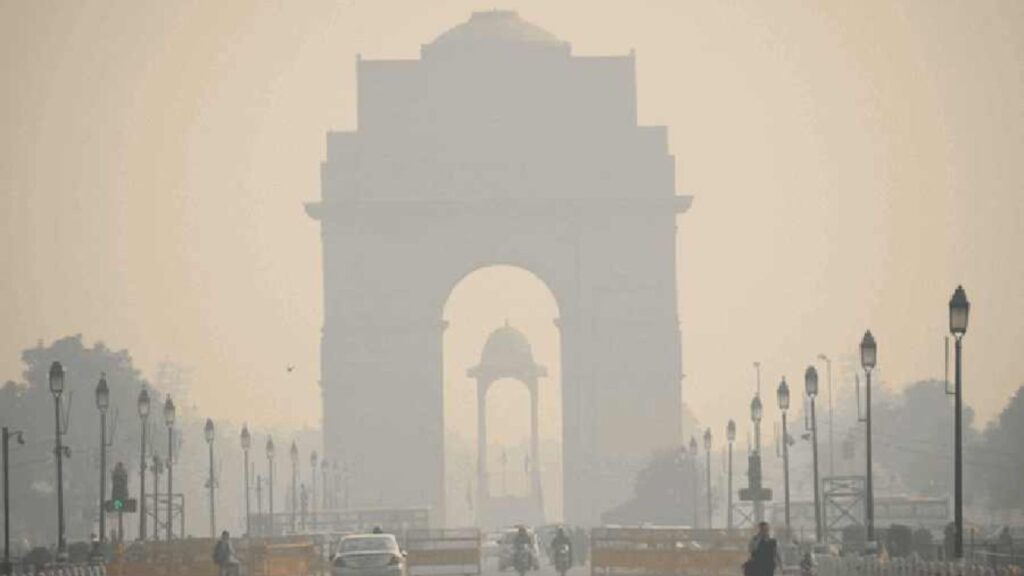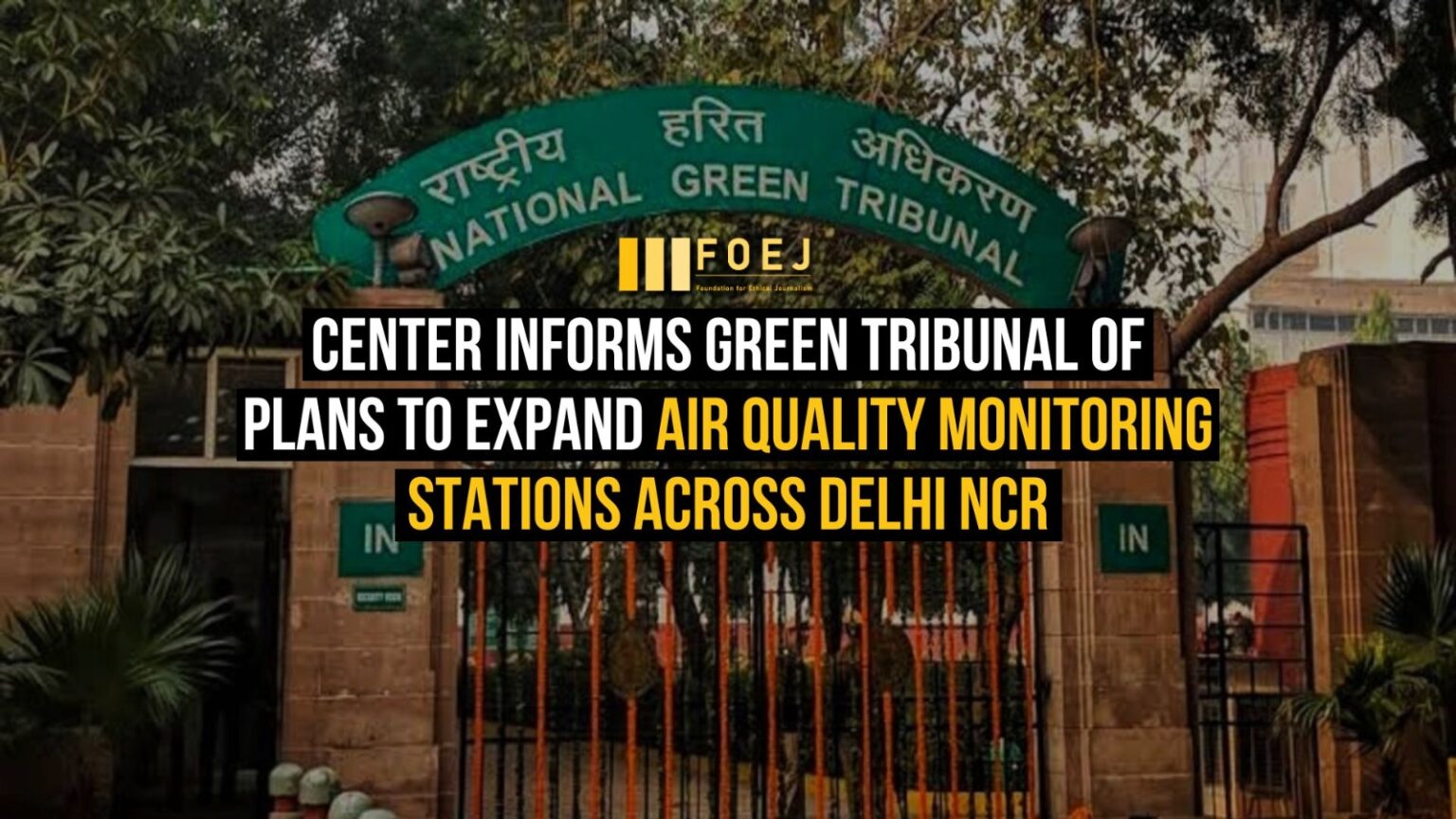Following the “Very poor” air quality in the heart of the country, Delhi, the environment ministry has planned to increase the number of Ambient Air Quality Monitoring Stations in the National Capital Region (NCR) and assess the feasibility of setting up mobile stations in pollution hotspots.
Air Monitoring Stations Increased
As reported by the Indian Express, the Ministry of Environment, Forests and Climate Changes, on the basis of affidavit to a suo moto matter based on The Indian Express article, said it plans to increase the number of air monitoring stations “on the basis of population based on Central Pollution Control Board (CPCB) designing criteria”

As per the criteria designed by the CPCB for Ambient Air Quality Monitoring Stations, four stations are required for the populations between one lakh and five lakhs and sir stations are required for a population below 10 lakh, eight for a population below 50 lakhs and 16 stations for a population beyond 50 lakh.
Delhi currently operates seven manual air quality monitoring stations and 40 Continuous Ambient Air Quality Monitoring (CAAQM) stations. However, this number is expected to remain unchanged as the Ministry plans to expand monitoring facilities in neighboring NCR states like Haryana and Uttar Pradesh, while Rajasthan will also see no increase in stations.
The proposal includes the addition of 20 manual stations and one CAAQM station in Haryana, along with 22 manual stations and 10 CAAQM stations in Uttar Pradesh. This will build on the existing network of 28 manual and 22 CAAQM stations in Haryana, as well as 20 manual and 18 CAAQM stations in Uttar Pradesh.
The CPCB
The Central Pollution Control Board (CPCB) is a statutory organization in India, established in 1974 under the Water (Prevention and Control of Pollution) Act. It operates under the Ministry of Environment, Forest and Climate Change (MoEFCC) and plays a pivotal role in monitoring and controlling pollution across the country.
The Central Pollution Control Board (CPCB) operates a mobile air laboratory designed for short-term episodic studies of Ambient Air Quality. However, according to the Environment Ministry, the mobile van has a “stability issue” and can only function at limited speeds. “After each movement, all analyzers in the van need calibration before it can resume operation, ensuring data accuracy,” the Ministry stated.









